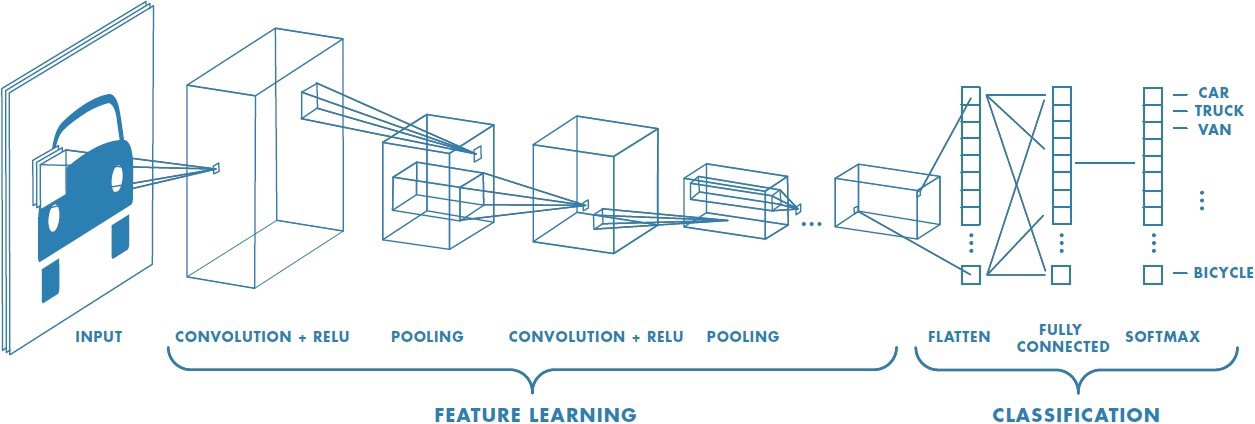
Research Intern
- Skills: Machine Learning, Neural Networks, UNET
- Organization: Stanford Medicine
- Duration: April to August 2020
- URL: Ennis Lab Home
I built a neural network, UNET architecture, to solve a computer vision problem
I was awared a major fellowship grant to work with Dr. Ennis and Dr. Loecher in the Stanford Cardiac MRI research group the summer after freshman year at Stanford. We sought to tackle the intense processing power and time needed to convert cardiac MRI images to an echo image, a diagnostic tool that is useful for a physician to gauge a patient's heart function. Our goal was to eliminate the current complicated process and replace it with a neural network that could do the image transformation instead.
We decided to implement this with a UNET neural network as we already have mastered this approach in the lab. My role was designing this neural network in Python, testing its functionality and outputting images of its operation in Jupyter Notebook, and construct the overall data pipeline to make it easy to test future iterations. Upon completing this, I optimized the network, focusing on key hyperparameters such as pool size, training samples and length, and loss functions. Most notably, I edited the loss function from the typical MSE to Huber to account for our bimodal training data. Overall we had strong results, with low loss values for the validation set and are looking to share this algorithm via a poster presentation in the future.